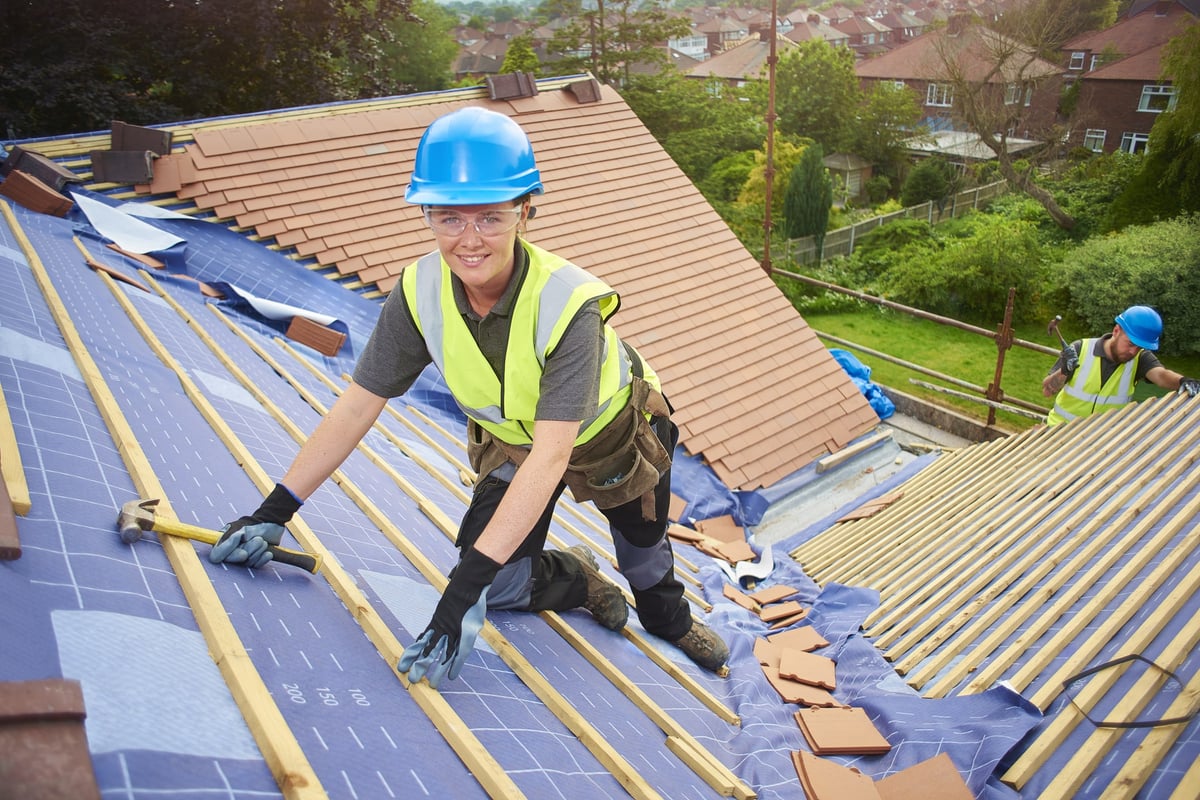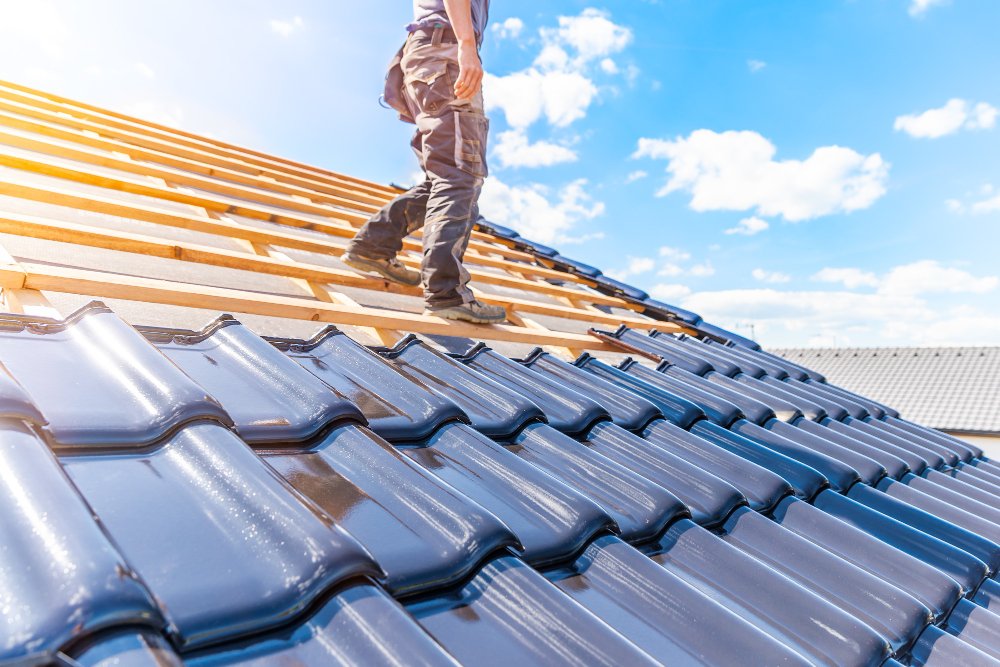Just How to Evaluate Different Roof Covering Alternatives for Your Structure Demands
Examining roof covering choices for your structure calls for a thorough approach that thinks about different factors such as the meant use the framework, neighborhood climate conditions, and product characteristics. It is important to consider the benefits and downsides of different roof types, from asphalt roof shingles to steel and clay ceramic tiles, while likewise factoring in preliminary prices and long-term upkeep. In addition, recognizing power effectiveness and visual appeal can affect your choice. As you contemplate these factors to consider, one question stays: which variables will eventually guide your choice for a sustainable and visually pleasing roof remedy?
Analyzing Your Structure's Demands
To properly review roof alternatives, begin by extensively evaluating your structure's needs. Beginning by taking into consideration the structure's planned use, as different structures may demand differing roof specifications. For instance, property roofs frequently prioritize appearances and insulation, while business buildings may focus on resilience and load-bearing ability.
Next, evaluate the regional environment problems that will influence roofing performance. Aspects such as temperature fluctuations, precipitation levels, and wind patterns can influence product selection and style. A roofing system that masters a warm climate may not do too in locations vulnerable to hefty snowfall or extreme warmth.
Additionally, examine the architectural integrity of your structure. Make certain that the existing structure can sustain the selected roof covering products, specifically if thinking about much heavier options. It is also crucial to assess any kind of neighborhood building ordinance or regulations that might dictate details needs for roof.

Comparing Roof Covering Materials
As soon as a comprehensive evaluation of your structure's needs has been completed, the next step includes comparing various roof covering products. Each product provides distinct benefits and disadvantages, making it important to straighten your selection with your specific needs and situations.
Asphalt tiles are commonly identified for their price and convenience of installment, making them a preferred option for domestic buildings. On the various other hand, metal roof, recognized for its longevity and durability, can stand up to extreme weather but might include a greater first financial investment.
Clay and concrete ceramic tiles supply superb thermal insulation and aesthetic charm, particularly for Mediterranean-style design, yet they call for an even more durable structural support as a result of their weight. Wood trembles offer an all-natural appearance and good insulation buildings however might demand extra maintenance and are vulnerable to fire threats.
Examining Cost and Spending Plan
Examining your roofing alternatives necessitates a careful evaluation of expense and spending plan factors to consider. The overall spending plan for a roofing job comprises several variables, including product prices, labor expenses, maintenance, and potential long-term financial savings. It is necessary to establish a clear budget plan prior to checking out specific roofing materials, as this will lead the decision-making procedure and assist you stay clear of overspending.
Begin by getting quotes from multiple professionals to check out here comprehend labor costs in your area. Make certain that these quotes consist of all required services, such as elimination of the old roofing, installation, and any kind of additional functions, like insulation or ventilation enhancements - Perrysburg Roofer. Next off, assess the expense of different roofing materials, taking into consideration both first installment prices and expected life expectancy

Understanding Energy Performance
Power efficiency plays a vital function in the choice of roofing materials and systems, considerably influencing both energy usage and total comfort within a structure. An appropriate roof covering can boost thermal efficiency, reducing the demand for home heating find and cooling systems, which subsequently reduces energy expenses and decreases ecological impact.
When examining roofing options, take into consideration materials that reflect instead of absorb warmth. Light or reflective roof products can significantly decrease roofing system surface area temperatures, bring about reduced energy use during hot months. Furthermore, appropriate insulation and air flow are important to optimize the energy performance of the entire roof. Insulation stops heat transfer, while air flow reduces heat accumulation in the attic room space.
Another vital variable is the roof covering system's durability and maintenance requirements. Resilient products that need less frequent substitute contribute to lasting power cost savings. In addition, the power efficiency of a roof can likewise be examined through its conformity with established sustainability ratings such as power STAR or LEED.
Considering Aesthetic Allure
A roofing system's aesthetic charm considerably influences the total appearance of a building, complementing its architectural design and boosting aesthetic charm. Perrysburg Roofer. When assessing roofing options, it is important to think about exactly how the selected material, shade, and design will certainly harmonize with the existing framework and neighborhood. A properly designed roofing system can boost also the easiest of structures, changing them right into aesthetic centerpieces
Different roofing materials provide numerous visual top qualities. Typical shingles might stimulate a traditional charm, while steel roof can look at these guys give a modern, sleek look. Additionally, the color of the roof covering product plays a vital function; lighter tones can make a structure appear more large, while darker tones might create a cozier atmosphere.
Moreover, architectural aspects, such as dormers and eaves, can enhance the roofing's visual influence. It is suggested to talk to professional designers or architects to ensure the selected roofing option aligns with the general design intent. Ultimately, a roofing system must not just supply useful benefits however additionally contribute favorably to the building's aesthetic, mirroring the owner's taste and the character of the surrounding setting.
Verdict
